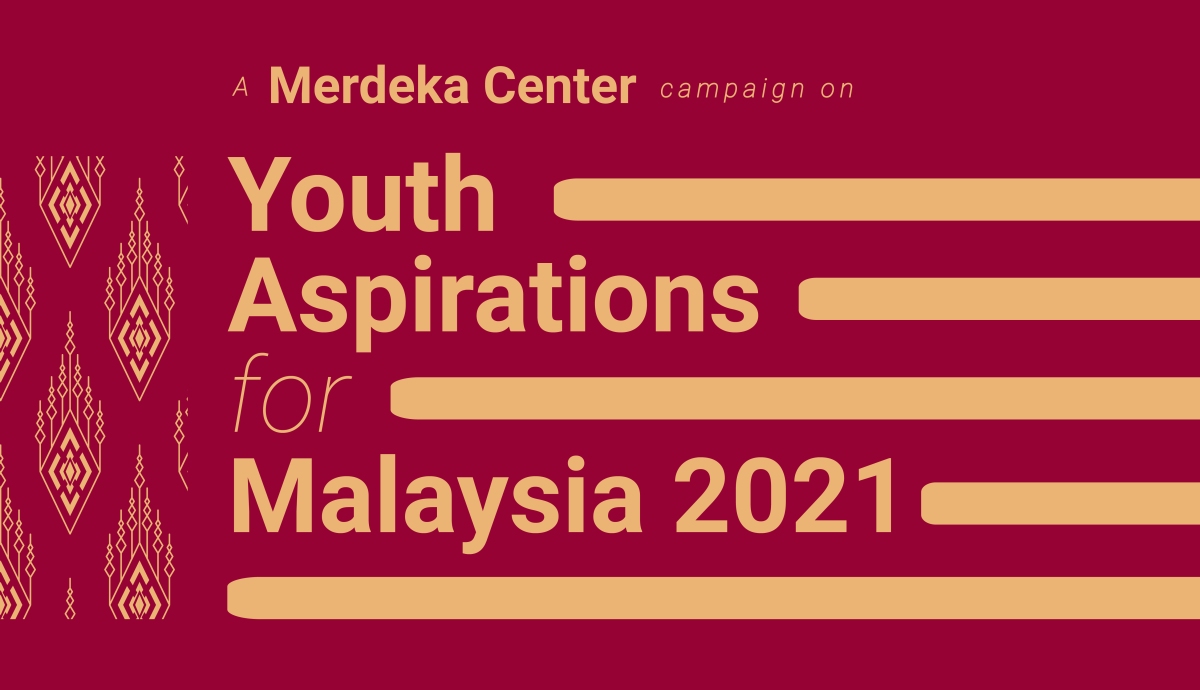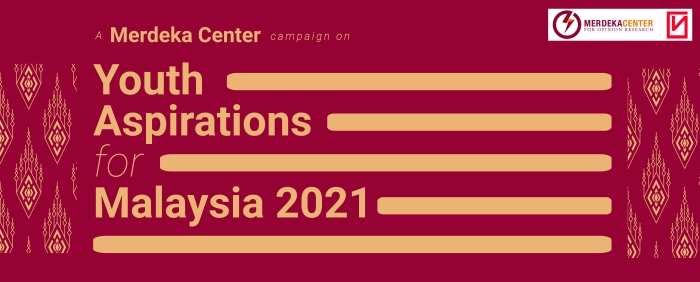What will Malaysia look like in the next decade, in 2030? We are likely to be among millions of people sharing and shaping this nation. As the cities have become increasingly urban, inhabitants are evolving and new cultural dimensions are taking shape. Urban areas in Malaysia are also gradually losing their specific identity in favour of the more standardized, internationalized and westernized features. Rapid urban transformation and modernization have often led to the monotonous of urban settings and cultural practices. Cities tend to lose some of their historical unique characters and importantly their sense of place. These scenarios have resulted in growing gaps and segregation of our social lives.
Thus, we should be reminded about culture. Culture is not just the tangible and intangible heritage of a particular area that is enjoyed by its people. Instead, culture is the most compelling driving force and key enabler that humankind can use to develop economies and societies. Every city has its own historical uniqueness and rich cultural heritage. There’s a need for all Malaysians to understand their role to safeguard urban cultural identities in all their forms in order to realize a more people-centric urban development.
However, culture has yet to become the most important component of city-making strategies that it deserves. Rapid urban development in general has tended to create monotonous and standardized urban communities, where the relationship between the built environment and local ways of life is dismissed and separated. Overall, the significance of city identity has not been broadly recognized across Malaysia. Mass urbanization and increasing tension in the real estate markets have significantly adjusted the financial capacities and spatial association of urban areas, with a specific effect on notable historic sites. In spite of the fact that the modus operandi of restoration has been started in a few historical enclaves in Malaysia, urban conservation and preservation are tended in isolation from more mass urban development issues. Urban planning that does not recognize the centrality of culture will negatively impact the preservation of cultural heritage.
If we look deeper into our nation’s history, Malaysia is home to a rich socio-geographical and cultural history consisting of historical urban tradition that was influenced by the western colonial presence. These features can be seen reflected prominently in trading city-centres, port-towns, and sacred sites. Since the early 16th century, western colonialization has left a perpetual impact on the early urbanization of the Malay Peninsula. During the era of the early Malay Sultanate to the end of the western colonial powers, the peoples of the Malay Peninsula were presented with heterogeneous socio-cultural influences and urban contexts. An extraordinary variety of architectural styles and methods are found in our country, including wooden and colonial architecture. Remarkable religious built structures are among the most significant heritage treasures, testifying to the wide scope of coexisting beliefs found in the locale, including, among others, elements of Buddhism, Islam, Christianity, and Hinduism. To the present time, the majority of our old towns remain parts of an urban centre or city-state, and they are a valuable inheritance to the nation. The old towns that are still standing today are testaments and living proofs of our early development periods, other than demonstrating the diverse characters of urban contexts through-out the formation of our rich Malaysian history.
So, how can urban cultural heritage be a power in making difference for our future? Certainly, how our nation looks like in many years to come is determined by how we think about sustainable urban development, its strategies and its role in building our cities today. The future of our society will increasingly be decided in cities, in a context where it is no longer possible to imagine sustainable development without the emphasize on culture. Fundamentally, cities bring creative and productive people together, helping them to do what they do best: exchange, create, and innovate. However, numerous urban communities are encountering a gentrification process in both recently built and notable historic areas, which has prompted the unprecedented removal of the low-income populace. In a setting where ecological risk management is inadequate, a culture-based strategy can help fabricate urban resilience.
In this context, culture can be used as a strategy to address the challenges of urban development, while preserving urban and rural cultural identities. Culture-based strategies can offer a pathway for a more sustainable, inclusive and equitable urban development. We need to look at how to regenerate cities and their rural-urban linkages by integrating culture at the core of urban planning. Building cultural continuity and fostering social cohesion can help to revive community interest in local heritage as well as providing the opportunities to revive the traditional practice of community maintenance by instilling a new sense of ownership among local inhabitants. This vision is in line with the role of culture as an enabler of sustainable development, and as one of the key conditions to achieve the United Nations’ Sustainable Development Goals (SDGs), as stated in SDG 11 to ‘Make cities and human settlements inclusive, safe, resilient and sustainable’. However, the SDG 11 and all other SDGs have not yet been fully utilized and implemented in all cities in Malaysia.
Furthermore, the expansion of cultural centres and museums is also a prominent feature of urban strategies. The role of cultural centres and museums has gradually transformed from an emphasis on conservation to education. In most culturally diverse Asian cities, cultural centres and museums have emerged as mediums for intercultural exchange, with the main aim to highlight national identities and to inspire pride in communities. In urban areas marked by drastic changes, cultural centres and museums have often offered remarkable opportunities to reflect on the past and think about what is to come in the future. Now and again, cultural centres and museums have also been utilized as social transmitters in sustaining social inclusion through the promotion of intangible and tangible heritage. Although in Malaysia, cultural centres and museums are generally perceived as an attraction for foreign visitors, they should take a more active role as knowledge centres for local communities in raising awareness of the importance of preserving local cultures as catalyst for national identity. They represent a new type of public space for social interaction that act as nodes for intercultural transmission, an acupuncture for civic engagement. City museums should be economic hubs by attracting investment, generating significant revenues, creating more job opportunities and contributing to the image of these cities as culturally thriving creative centres.
Another rising issue of city planning today is in terms of ‘city branding’ that is causing the danger of homogeneity across urban communities, as urban areas follow a similar recipe in city-making. It is vitally important for cities today to discover more noteworthy sources of differentiation and focus on a city’s strength and uniqueness as a prime strategy in building up a culturally unique city-making. Albeit numerous memorable areas have been threatened and demolished over the past decades due to massive urbanization, various refurbishment and rejuvenation programme have been effectively led, generally with a prospect towards the improvement of the tourism industry. However, refurbishment and rejuvenation programme should be beyond just physical upgrading initiatives. The prime goal is supposed to be to improve the quality of community wellbeing and fortify local and national identity. Urban conservation and preservation initiatives have added in reinforcing social coherence and social attachment, as well as enhancing community participation.
In short, as citizens of Malaysia, we must embrace and be aware of the conservation of the townscape. We should support the maintenance and enhancement of the identity of the city, which is based on the city’s culture and history and is rooted in its daily life. Culture itself is a process that allows us to understand, interpret, and transform reality. Therefore, embarking on a new decade starting with 2021, we should realise that development can only be “sustainable” only if culture holds a central role. We must look at the essential matters of sustainable development; of what makes an economy tick, how it relates to the current Covid-19 crisis, its impact on the most vulnerable, and the role of government in building a bounce-back economy based on sustainable and equitable development. Our capacity to address the principle challenges that Malaysia is facing, and its immediate outcomes rely upon every Malaysian. The time is now for crucial thought and definitive actions in finding solutions to sustainable livelihood and human well-being by addressing culture as the soul of a city, allowing it to progress and build a future of dignity for all.
Rose Afrina Mansor is currently working at Think City. This essay is part of the writing campaign Aspirasi Malaysia 2021 by Merdeka Center and Naratif Malaysia to encourage young people to share their ideas and hopes for the future of Malaysia towards producing a more harmonious, developed and prosperous society.

